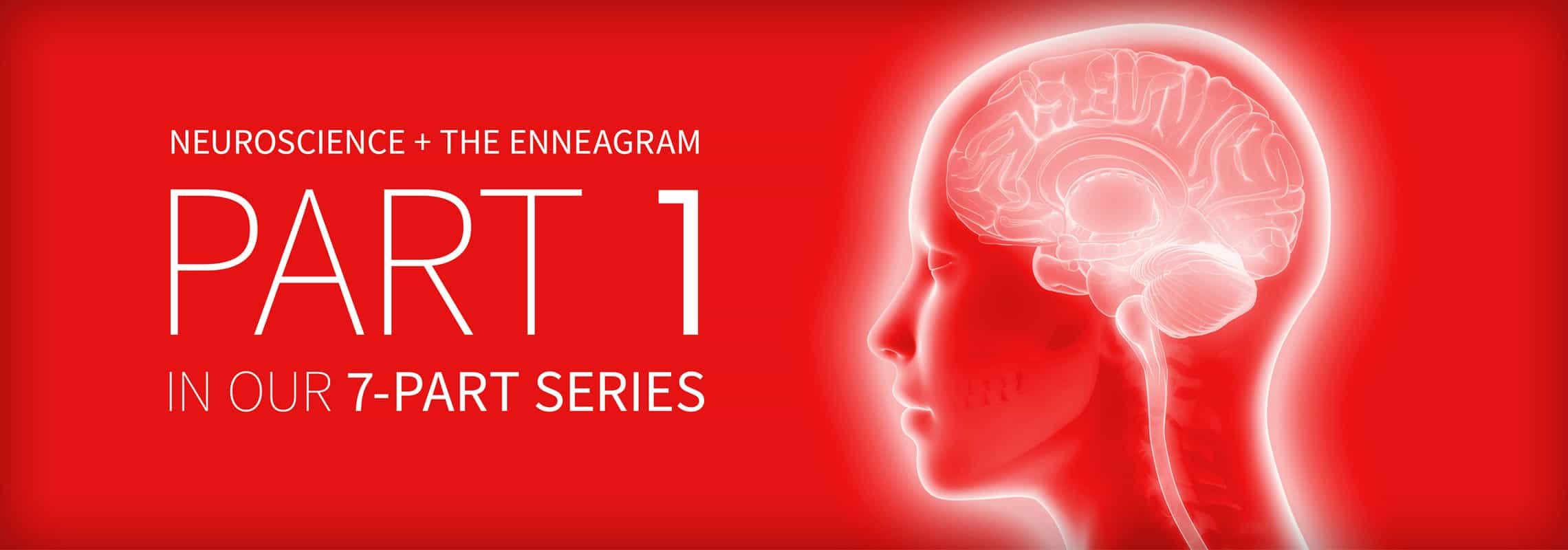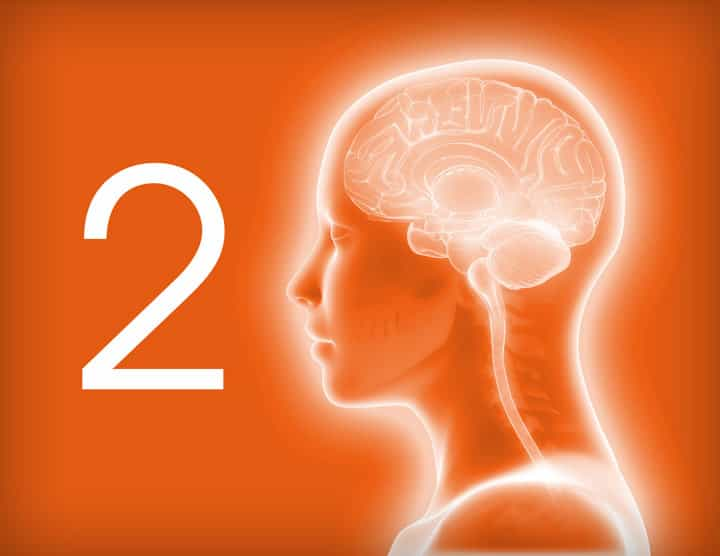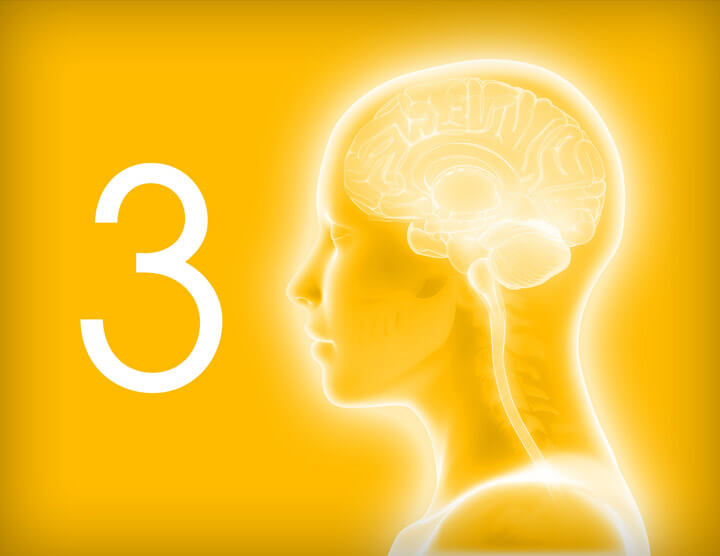Introduction
The human brain is unimaginably complex. Made up of more than 100 billion nerve cells that communicate across trillions of connections, it not only controls every part of the body; it is also the seat of what we think of as our consciousness and ‘self’ and is fundamental to how we interact with others and the world around us.
It is no surprise that, despite all the advances that have been made in the science of the brain and mind, we still find ourselves with more questions than answers. However, the developments, understanding, and knowledge emerging from the domain of neuroscience are helping us make sense of the many unknowns that surround the mass of ‘grey and white matter’ that defines who we are.
Despite its highly complex nature, the brain is unquestionably central for anyone exploring the path to personal development and growth. Whether you are a coach, or practitioner focused on helping others along their development journeys, or focused on your own growth, coming to grips with how the brain works is paramount.
As a leading thinker in leadership development, coaching and organisational change, John Whitmore, wrote: “I am able to control only that which I am aware of. That which I’m unaware of controls me. Awareness empowers me.”
This series of articles investigates the relationship between neuroscience, personality, and the Enneagram, highlighting where these three fields intersect, providing a more holistic view of the relationship between the brain, human behaviour, and change.
This series will unpack some of the key concepts in neuroscience and apply them to coaching and personality profiling, exploring the relationships with the Enneagram and offering a refined understanding of the dynamics of human behaviour.
Why is neuroscience important for coaches?
While a deep understanding of neuroscience is not required for coaches and practitioners, a basic understanding of the practical applications is of benefit in our practices. In the process of coaching, we often come up against various neurological and behavioural patterns as we engage and challenge our clients. Coaches see the impact of neuroscience, for example, when working with a client’s blind spots and focus of attention, or when encountering the defence mechanisms that clients may display in the face of pressure. Armed with this knowledge, we are able to better understand what is happening on a neurological level and are, therefore, able to coach people more effectively and empathically. If we understand the brain, we can interpret behaviour more compassionately and build better strategies for those wanting to shift the way they behave.
What do brains do?
Many coaches find that knowing about the human brain’s evolution and how it functions helps them understand and engage with their clients more effectively.
Our brains have evolved through time, from our earliest human ancestors to today, making us unique among the millions of organisms on Earth. According to the law of natural selection, organisms that are better adapted to their environments tend to survive and reproduce, outliving those that can’t adapt.
In their quest to survive and reproduce, human beings became more intelligent in order to outwit and outlast predators. We see the evidence of this theory of ‘evolution through intelligence’ in aspects such as our ability to use symbolic reasoning, embrace inconsistency and variation, walk upright, and cooperate and understand others’ motivations and needs.
“The brain was intended for solving problems related to our survival whilst living in unstable environments where we were constantly on the move and conditions were shifting” ~ John Medina, author of Brain Rules; 12 Principles for Surviving and Thriving at Work, Home and School
Despite our evolution as a species and our vastly different needs today, our brains have retained their fundamental design. So, while we no longer need to occupy our days just trying to stay alive or avoid being eaten by dangerous predators, our brains still retain the structure and functions designed to enable this ‘survival mode’.
“Though we have been stuffing them into classrooms and cubicles for decades, our brains actually were built to survive in jungles and grasslands. We have not outgrown this” ~ John Medina, author of Brain Rules; 12 Principles for Surviving and Thriving at Work, Home and School
By understanding the brain, we can draw insight about which of its primary functions are currently at play and driving a specific behaviour, and, therefore, interpret human behaviour better. For example, a coach who understands the process of the ‘amygdala hijack’ when a client is triggered in a session, may be better able to help the client ground themselves and return to a more reflective state. This offers coaches a better sense of what might be helpful or needed to shift behaviour in a sustainable, supportive manner.
Advances in research and understanding
Where the Enneagram and other ancient systems put forward various hypotheses about human behaviour and the mind-body relationship, in recent decades the field of neuroscience has made astonishing advancements that have given us tools to test and research these hypotheses. Advances in brain imaging technology have meant that scientists can now test and prove many of our psychological theories. For example, where early Enneagram theory suggested three ‘Centers of Intelligence’ in the head, heart, and gut, new research has mapped neural networks in our hearts and guts that function in intelligent, brain-like ways, proving the Centers theory (Soosalu, G. and Oka, M. (2012), Neuroscience and the Three Brains of Leadership, https://www.mbraining.nl/leiding-geven/neuroscience-and-the-three-brains-of-leadership/).
Summing up
If we can understand the brain’s functioning, we can interpret human behaviour and build better development strategies for those wanting to shift the way they behave.
In Part Two of this series, we will explore the three functions of the brain, with a detailed description of how each function impacts our behaviour. In Parts Three to Six, we will focus on some of the fundamental ideas introduced in this article, the relationship between neuroscience and the Enneagram, and how this interdisciplinary focus affords us a more holistic view of the inner workings of the human brain and human behaviour – both critical aspects of human development and transformation.
ARTICLES IN THIS SERIES
Part 1: The link between neuroscience and coaching
Part 2: The three functions of the brain
Part 3: Neuroscientific evidence for the Enneagram Three Centers of Intelligence
Part 4: Why you respond the way you do when triggered
Part 5: Lengthening the pause
Part 6: How our biology impacts our consciousness
Part 7: Neuroplasticity: The ability to rewire and relearn

 What is the Enneagram?
What is the Enneagram?
 Introduction to the 27 Subtypes
Introduction to the 27 Subtypes
 Introduction to the 3 Centers
Introduction to the 3 Centers
 Wings
Wings
 Lines and Integration
Lines and Integration
 Enneagram History & Origin
Enneagram History & Origin
 Enneagram for Myself
Enneagram for Myself
 Enneagram for Practitioners
Enneagram for Practitioners
 Enneagram for Business
Enneagram for Business
 iEQ9 Individual Reports
iEQ9 Individual Reports
 iEQ9 Team Reports
iEQ9 Team Reports
 iEQ9 Questionnaire
iEQ9 Questionnaire
 Training Events
Training Events
 Level 1 iEQ9 Accreditation
Level 1 iEQ9 Accreditation
 Level 2 Enneagram Team Dynamics
Level 2 Enneagram Team Dynamics
 International Enneagram Conference
International Enneagram Conference
 iEQ9 Community of Practice Events
iEQ9 Community of Practice Events
 About Integrative9
About Integrative9
 Meet the Faculty
Meet the Faculty
 Testimonials
Testimonials
 Contact Us
Contact Us





